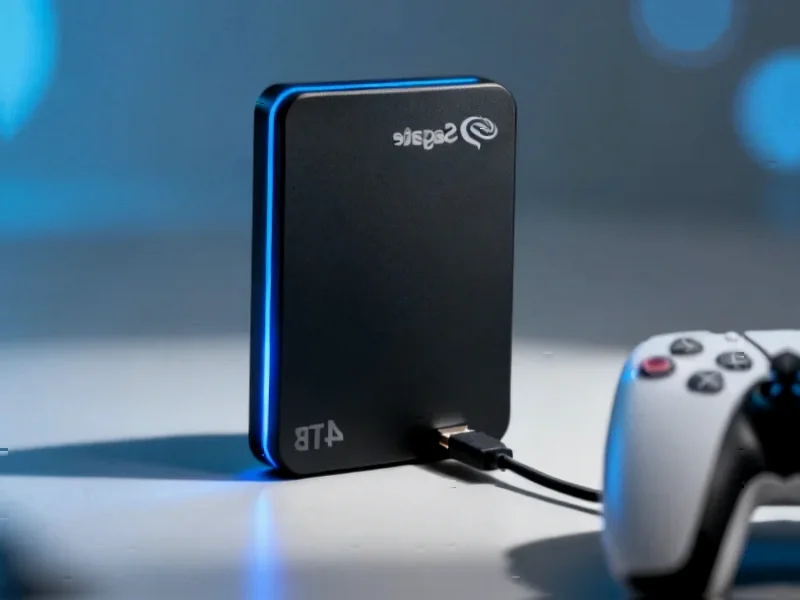According to CNBC, Nintendo has significantly raised its sales forecast for the Switch 2 console in its current fiscal year as momentum for its new flagship device accelerates. The Japanese gaming giant now expects to sell 19 million units of the Switch 2 in the fiscal year ending March 2026, representing a substantial 27% increase from its previous forecast of 15 million units. The company is riding strong momentum following the console’s launch in June 2025, with the revised forecast coming as part of its fiscal second-quarter results ended September 30. The announcement comes amid growing consumer excitement for the new platform, which was showcased at electronics stores across Japan including Nagoya’s Aichi prefecture where Super Mario characters appeared in promotional displays.
The Platform Economics Behind the Numbers
This upward revision reveals much more than just hardware success—it signals Nintendo’s confidence in its broader platform ecosystem strategy. Historically, Nintendo’s business model depends heavily on the attach rate, which measures how many games and accessories each console owner purchases. A higher hardware forecast suggests Nintendo anticipates strong software sales through its first-party titles and the Nintendo eShop, where profit margins are substantially higher than on hardware sales. The company likely has visibility into pre-orders for upcoming exclusive titles and third-party partnerships that justify this optimistic outlook.
Strategic Positioning Against Console Rivals
Nintendo’s timing with the Switch 2 launch creates an interesting competitive dynamic in the gaming landscape. While Sony’s PlayStation 5 and Microsoft’s Xbox Series X/S are midway through their lifecycle, Nintendo has positioned the Switch 2 as a complementary device rather than a direct competitor. The hybrid portable-home console concept continues to differentiate Nintendo from traditional home consoles, allowing the company to capture both the living room and mobile gaming markets simultaneously. This strategy appears to be paying dividends as Nintendo carves out its unique space without engaging in the specs-and-performance arms race that dominates the Sony-Microsoft rivalry.
Expanding Revenue Streams Beyond Hardware
The increased forecast suggests Nintendo is successfully executing on multiple revenue fronts beyond console sales. The company has been quietly building its recurring revenue streams through Nintendo Switch Online subscriptions, mobile gaming ventures, and licensing deals. With 19 million new consoles potentially entering the market, each represents not just a hardware sale but a gateway to years of software, DLC, and subscription revenue. This installed base expansion also strengthens Nintendo’s position in negotiations with third-party developers and creates opportunities for cross-media expansion into films, merchandise, and theme park attractions.
Manufacturing and Supply Chain Confidence
Such a significant forecast increase—4 million additional units—indicates Nintendo has secured the necessary component supplies and manufacturing capacity to meet this elevated demand. Given the semiconductor shortages that plagued the industry during the original Switch’s peak and the PlayStation 5 launch, this revision suggests Nintendo has successfully navigated potential supply constraints. The company’s ability to ramp up production this aggressively demonstrates sophisticated supply chain management and strong relationships with manufacturing partners, which will be crucial during the critical holiday shopping season when console sales typically peak.
What This Means for Nintendo’s Future
This bullish forecast positions Nintendo for one of its strongest console generations in company history. If achieved, 19 million units in the first fiscal year would put the Switch 2 on track to potentially surpass the original Switch’s lifetime sales of over 140 million units. More importantly, it signals that Nintendo has successfully addressed one of the original Switch’s key limitations—technical capabilities that limited third-party support. The increased power of the Switch 2 appears to be attracting broader developer interest, which could help Nintendo maintain momentum beyond the initial launch window when first-party titles typically carry sales.





Can you be more specific about the content of your article? After reading it, I still have some doubts. Hope you can help me.